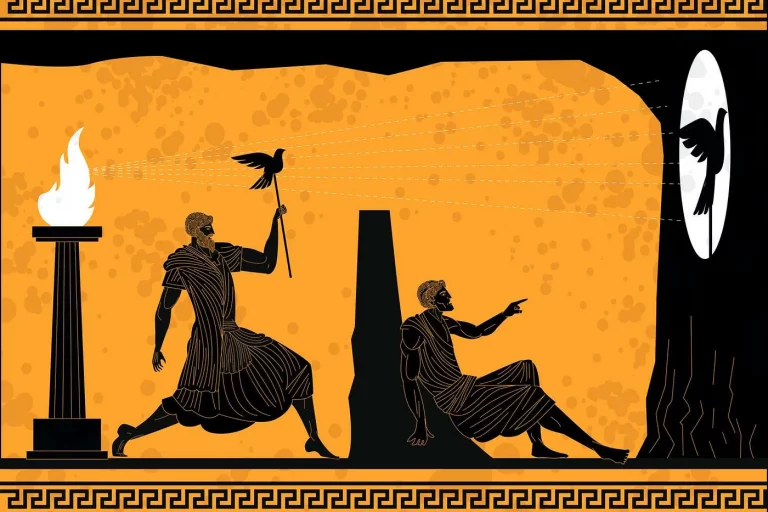The next wave in branding: merging experiences across markets

It’s time to start thinking strategically about designing user experiences for interconnected ecosystems like health care, argues frog’s Fabio Sergio.
“Within [massive inter-connected service ecosystems such as education, finance, or health care] the aim to shape an “experience” out of a jumble of disconnected products and platforms provided by different and sometimes competing brands and organizations can feel like an insurmountable, complex challenge.
This level of opportunity is great for consumers, who get to choose their own preferred route to satisfy a need or desire, but it poses novel challenges for experience design. Designers must now think about how to conceive and design such complex sequences of loosely choreographed interactions so that the overall experience can still generate a coherent set of impressions, ultimately cementing in people’s recollections and reflections the desired perception of a brand’s values.”




The “XS”, or “Experience Strategy” framework is sorely needed. Experience designer/strategists must also keep in mind that the “user” interacts with various platforms and technologies throughout the day, often in the company of friends, and in many cases, family members that span a generation or two. As a user/consumer, I might be going about my Saturday with a toddler grandchild tow, a stroller, a large purse with my iPad in tow, and more.
When I am out and about on the weekend, I have multiple, sometime competing goals to accomplish, and the navigation process can be daunting.
The real world needs better UX interaction, and interface design. People like me, female, working full time, and part of the Sandwich” generation, need to be readily available to communicate with a multigenerational network of family, including frail elders. Each person in this network has a preferred mode of communication, not all have smartphones or even Internet access…
Most people serving places have not yet even optimized the scene-by-scene experience people have in their places, from hotels to hospitals. They could take a multi-sensory exposures audit and then storyboard the sequence of scenes that staff and those they serve experience. I know, having storyboarded several places and enjoy the uplift that can happen with even a few small changes